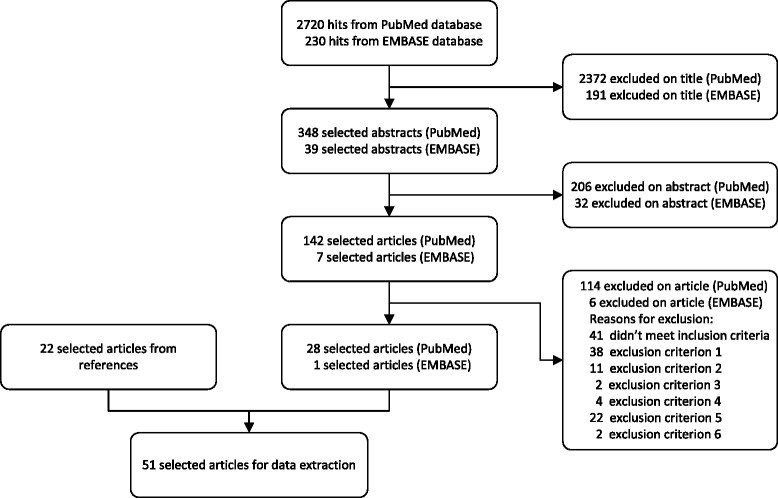Systemic inflammation and microglial activation: systematic review of animal experiments
- PMID: 26048578
- PMCID: PMC4470063
- DOI: 10.1186/s12974-015-0332-6
Systemic inflammation and microglial activation: systematic review of animal experiments
Abstract
Background: Animal studies show that peripheral inflammatory stimuli may activate microglial cells in the brain implicating an important role for microglia in sepsis-associated delirium. We systematically reviewed animal experiments related to the effects of systemic inflammation on the microglial and inflammatory response in the brain.
Methods: We searched PubMed between January 1, 1950 and December 1, 2013 and Embase between January 1, 1988 and December 1, 2013 for animal studies on the influence of peripheral inflammatory stimuli on microglia and the brain. Identified studies were systematically scored on methodological quality. Two investigators extracted independently data on animal species, gender, age, and genetic background; number of animals; infectious stimulus; microglial cells; and other inflammatory parameters in the brain, including methods, time points after inoculation, and brain regions.
Results: Fifty-one studies were identified of which the majority was performed in mice (n = 30) or in rats (n = 19). Lipopolysaccharide (LPS) (dose ranging between 0.33 and 200 mg/kg) was used as a peripheral infectious stimulus in 39 studies (76 %), and live or heat-killed pathogens were used in 12 studies (24 %). Information about animal characteristics such as species, strain, sex, age, and weight were defined in 41 studies (80 %), and complete methods of the disease model were described in 35 studies (68 %). Studies were also heterogeneous with respect to methods used to assess microglial activation; markers used mostly were the ionized calcium binding adaptor molecule-1 (Iba-1), cluster of differentiation 68 (CD68), and CD11b. After LPS challenge microglial activation was seen 6 h after challenge and remained present for at least 3 days. Live Escherichia coli resulted in microglial activation after 2 days, and heat-killed bacteria after 2 weeks. Concomitant with microglial response, inflammatory parameters in the brain were reviewed in 23 of 51 studies (45 %). Microglial activation was associated with an increase in Toll-like receptor (TLR-2 and TLR-4), tumor necrosis factor alpha (TNF-α), and interleukin 1 beta (IL-1β) messenger ribonucleic acid (mRNA) expression or protein levels.
Interpretation: Animal experiments robustly showed that peripheral inflammatory stimuli cause microglial activation. We observed distinct differences in microglial activation between systemic stimulation with (supranatural doses) LPS and live or heat-killed bacteria.
References
Publication types
MeSH terms
Substances
Grants and funding
LinkOut - more resources
Full Text Sources
Other Literature Sources
Research Materials


